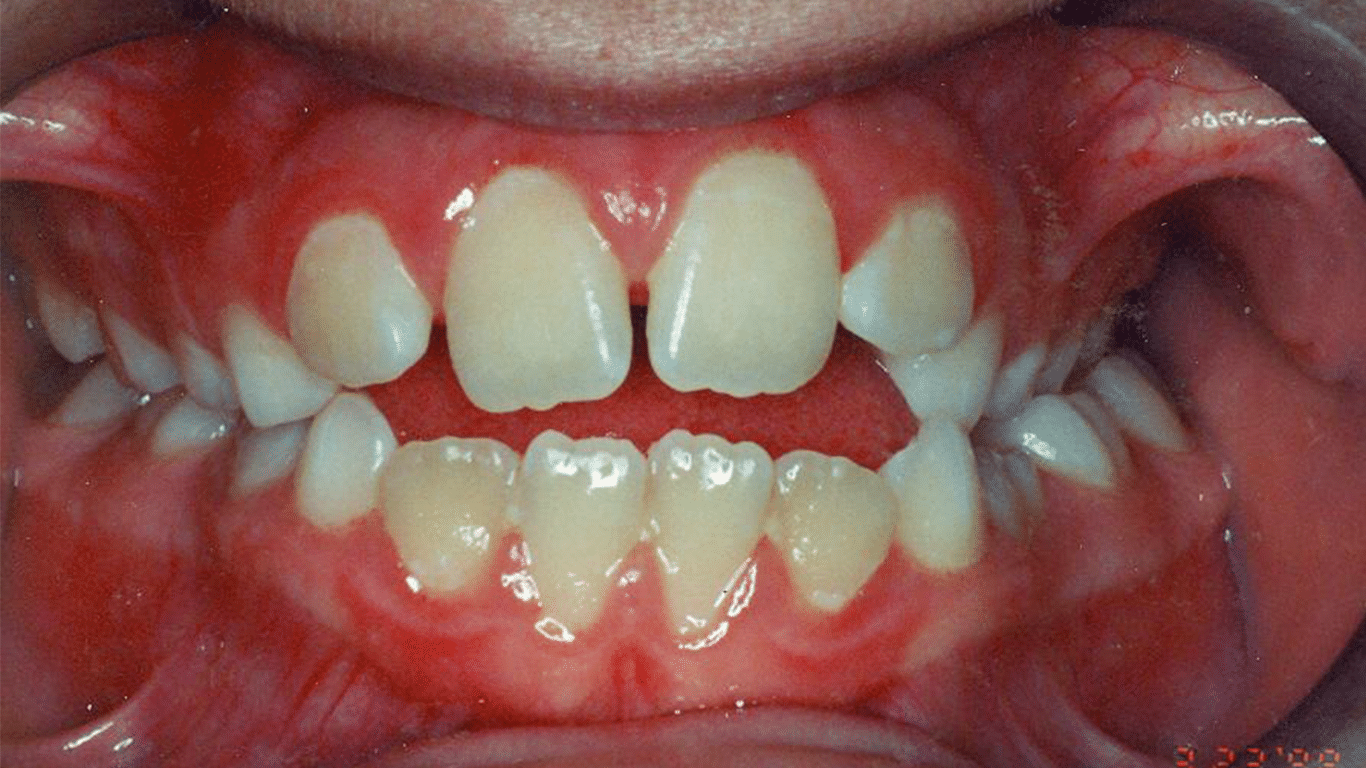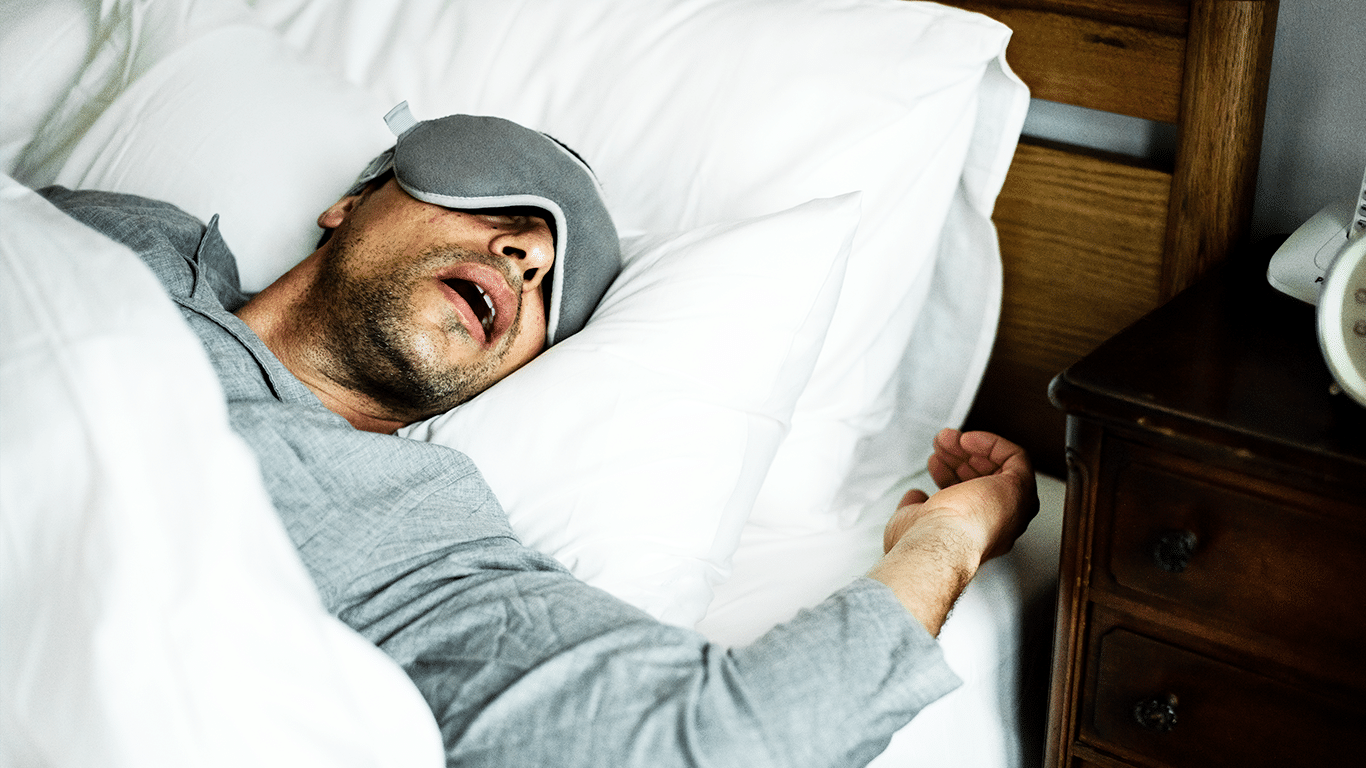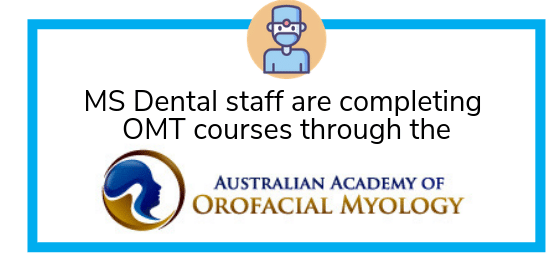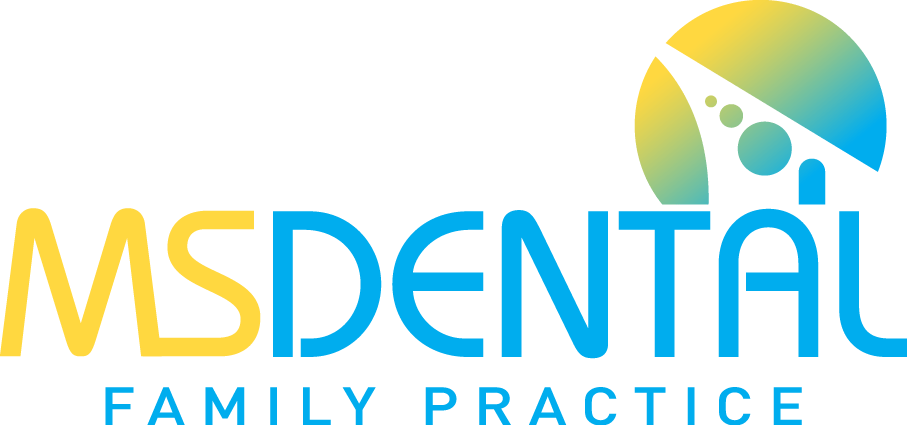Cardiff Open: Mon-Fri 9:00am-5:30pm (Sat 9am-4pm)
Singleton Open: Mon-Fri 9:00am-5:30pm (Sat Closed)
Fletcher Open: Mon-Fri 9:00am-5:30pm (Sat 9am-1pm)
Mayfield Open: Mon-Fri 9:00am-5:30pm (Sat Closed)
Orofacial Myofunctional Therapy (OMT)
What is Orofacial Myofunctional Therapy?
Orofacial Myofunctional Therapy (OMT) is characterized by regular tongue and facial muscle exercises to correct irregularities and disorders affecting the muscles and functions of the face and mouth. The postural training of the tongue, lips and cheeks is painless and has no downtime, but needs to be done daily to fix the incorrect muscle pattern. Consistency is the key for this therapy and may require the outmost commitment of the patient and family.
The disorder may directly or indirectly affect:
- Swallowing
- Chewing/eating
- Facial skeletal growth and development
- Speech
- Dental arch development
- Temporomandibular joint dysfunction
- Oral hygiene
- Stability of orthodontic treatment
- Facial aesthetics
This disorder often starts by inadequate habitual nose breathing or chronic mouth breathing. Once the tongue and facial muscles adapt to this incorrect breathing habit, it will create Orofacial Myofunctional Disorders.
Since Myofunctional Disorder largely affects a patient’s facial muscles, it may also produce headaches, stomach pain, bloating, airway obstruction and sleep disordered breathing. After the treatment, the patient will feel relief and enjoy eating, speaking, breathing and sleeping soundly. Facial aesthetics, confidence and self-esteem will also be improved.
Therapy Guide
Orofacial Myofunctional Therapy’s main goal is to create a customised treatment plan for the patient to achieve the best oral health. The therapy will begin with a comprehensive evaluation of the patient’s tongue and facial muscles. If the patient is positive for the treatment, the evaluation will be followed by an 8-week concentrated program with our trained staff. During this 8-week period, the patients are also assessed by outside referrals such as sleep studies, ENT referrals, Allery testing, Natropath, or body workers. Once completed, a standard program over a 6-12 month period will be done by the patient. The standard program consists of regular exercises and check ups to guarantee the effectiveness of the treatment. Treatment length may vary for some patients.
Patients visit us either weekly or fortnightly for an 8-week period where they are given some personalised exercises to start working on muscle control and activated certain areas. The treatment length and amount of visits vary from patient to patient.
Tongue thrust and thumb sucking

Photo credit to San Diego Center for Speech Therapy

The therapy will majorly establish the equilibrium between the tongue, lips and cheek muscles. Tongue exercises alone are successful in treating tongue thrusts, stopping thumb sucking and treating anterior open bite malocclusion. It can also help treating crooked teeth and under-developed face when the tongue learns the right pattern.
Sleep apnea and snoring

Oropharyngeal exercises reduces obstructive sleep apnea especially sleep breathing disorders and snoring. In treating sleep apnea, Orofacial Myofunctional Therapy has a series of exercises which intends to improve the tongue’s proper posture and function, even while at rest.
Dysphagia

Dysphagia is the disruption of normal swallowing which is the cause of weak tongue muscles. Given that the tongue is the main working organ for swallowing, fatigue in its muscles may cause reduced intake and prolonged time of eating. Tongue exercises in Orofacial Myofunctional Therapy plays an important role in practicing the right tongue pattern which will lessen the muscle fatigue.
Speech disorders

Dentofacial and functional malocclusions can also affect normal speech. The tongue is an important organ contributing to deglutition, speech, growth and development of the jaws, and alignment of the teeth in occlusion. The effect of the tongue on growth of the jaws and development of the occlusion is a result of its pressure on the teeth and other areas during rest and function. The number of tongue movements and the contact point of the tongue with the palate are different in the pronunciation of consonants and words. These can be affected by tongue malfunction such as tongue thrust. Accordingly, treatment of tongue thrust is essential for treatment of speech disorders, and oral myology therapy aiming at tongue muscles training is an important part of speech therapy.

FAQs
Often the most obvious symptom of incorrect oral posture involves the muscles of the face. A dull, lethargic appearance and full, weak lips develop when muscles are not operating normally. Constantly parted lips (with or without mouth breathing) is another indicator of this disorder.
A person swallowing incorrectly will often purse and tighten the muscles of the cheeks, chin and lips – a symptom known as a facial grimace. This can give the chin a knobby appearance because these muscles are being overused.
Mouth breathing or constantly open lips is a cause and/or signal of tongue thrust and low tongue rest posture.
A person usually swallows 500 – 1000 times each day. The act of swallowing is one function that depends on our muscles working in a balanced manner. To swallow properly, muscles and nerves in the tongue, cheeks and throat must work together in harmony.
Correct swallowing depends on a proper relationship between muscles of the face, mouth and throat.
When a person swallows normally, the tip of the tongue presses firmly against the roof of the mouth or hard palate, located slightly behind the front teeth. The tongue acts in unison with all the other muscles involved in swallowing. The hard palate, meanwhile, absorbs the force created by the tongue.
Although improper swallowing causes a variety of problems, it is the resting position of the tongue that does the most damage, because it is more constant. Hence, to correct an improper swallow, the tongue needs to be taught where it’s correct resting position is. This is a vital part of any Myofunctional Therapy program.
When a person swallows incorrectly, the tip and/or sides of the tongue press against, or spread between the teeth. This is commonly called a tongue thrust.
Constant pressure from a low resting tongue, or incorrectly thrusting the tongue away from the roof of the mouth may push teeth out of place. That pressure may later prevent teeth from erupting into their correct position in the jaws. The constant pressure of the tongue against or between the teeth will not allow the teeth to bite together. This is known as an open bite.
Thumb, finger or dummy sucking habits force the tongue into a low position that pushes it against the teeth. This horizontal protrusion of the upper teeth in front of the lower teeth is known as an overjet. This can greatly affect a person’s appearance and confidence.
A Myofunctional Disorder can lead to an abnormal bite or malocclusion. This occurs when the alignment between the upper and lower teeth is improper, causing them not to ‘fit together’ correctly. Malocclusion may appear as crooked, crowded, or protruding teeth. This problem may lead to difficulties in biting, chewing, swallowing, and digesting food. It may also affect a person’s appearance and speech. An improper alignment or malocclusion between the upper and lower teeth can lead to difficulties in biting and chewing food.
A person with abnormal oral muscle patterns may suffer a lisp or have difficulty in articulating sounds. If muscles in the tongue and lips are incorrectly postured, this can prevent a person from forming normal speech sounds. A trained staff in Myofunctional Therapy will help to balance orofacial muscles however, a Speech Therapist must be sought for correct enunciation of sounds.





